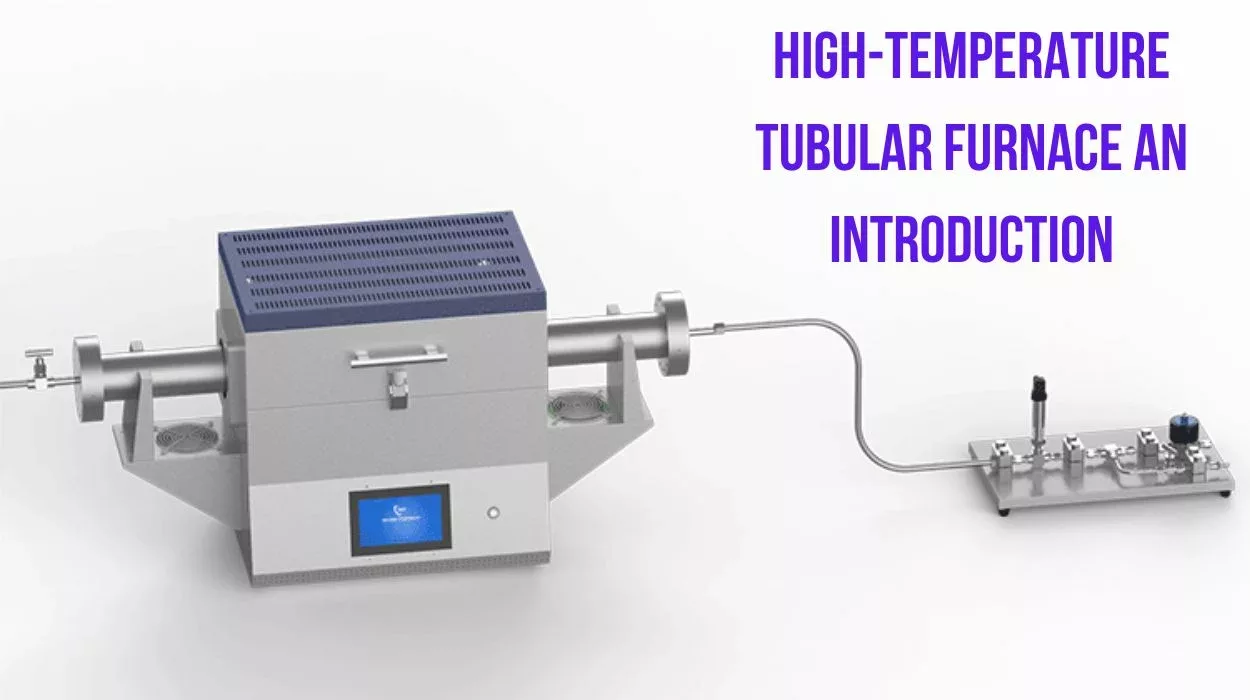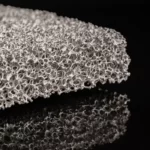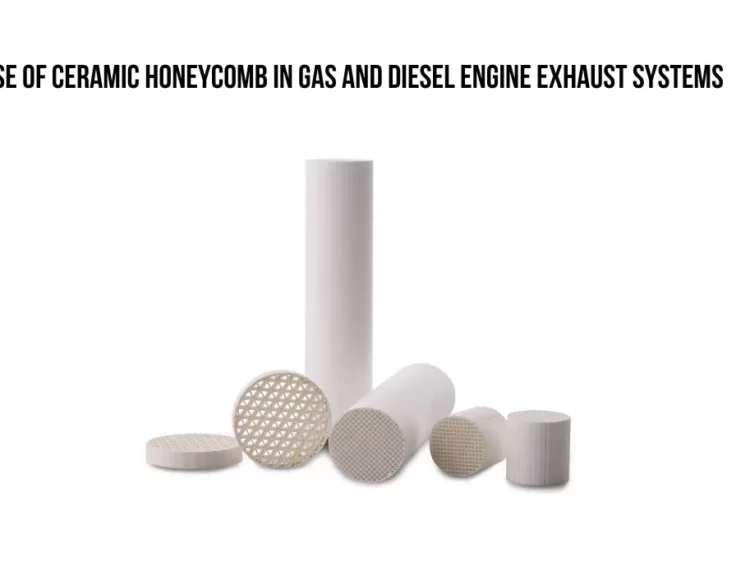A high-temperature tubular furnace is a specialized heating device designed to reach extremely high temperatures for various scientific, industrial, and research applications. The furnace consists of a long, cylindrical tube, usually made of heat-resistant materials like quartz or ceramic, where samples are heated evenly. This furnace provides precise control over temperature, making it an essential tool in many fields.
How Does High-Temperature Tubular Furnace Work?
A high-temperature tubular furnace works by heating a tube-shaped chamber with heating elements, which can be electrical or gas-powered. The sample or material to be heated is placed inside the tube. Depending on the specific model, the furnace can reach temperatures over 1,000°C (1,832°F). It is equipped with sensors and controllers to maintain consistent temperatures, which is crucial for processes that require precision.
Key Features
- Uniform Heating: The tubular design allows for even heat distribution around the sample.
- Temperature Control: Advanced control systems ensure precise temperature regulation.
- Atmosphere Control: Some tubular furnaces can operate in different atmospheres, such as vacuum, inert gas, or specific gas mixtures, allowing for particular chemical reactions.
- Material Compatibility: The tube is made from materials like alumina, quartz, or graphite, depending on the temperature requirements and the materials being heated.
Applications of High-Temperature Tubular Furnace
Material Synthesis
High-temperature tubular furnaces are commonly used for synthesizing new materials, such as ceramics and metal alloys. Scientists subject raw materials to extreme heat to develop materials with improved properties, like heat resistance or electrical conductivity.
Thermal Treatment
These furnaces are often used in processes like annealing, which involves heating metals or glass and then slowly cooling them to make them stronger or alter their properties. The uniform heating helps ensure the material gets the same treatment throughout, resulting in a consistent product.
Chemical Reactions
In chemistry labs, high-temperature tubular furnaces are used to carry out reactions that require high heat. They are used in calcination, a process that involves heating substances to break them down or remove volatile components.
Semiconductor Processing
High-temperature tubular furnaces are essential in producing semiconductors used in electronic devices. They are used in processes like doping, where impurities are introduced into silicon wafers to modify their electrical properties.
Energy Research
These furnaces help test and develop materials for batteries, fuel, and solar cells in renewable energy. Researchers use high temperatures to study how these materials behave under stress.
Advantages of High-Temperature Tubular Furnaces
- Precision: These furnaces offer precise temperature control, critical for sensitive experiments and industrial processes.
- Versatility: They can be used for various applications, from research labs to industrial production.
- Durability: Built to withstand extreme temperatures, they are designed to be used long-term with minimal wear and tear.
Conclusion
High-temperature tubular furnaces are powerful and versatile tools in various industries and research fields. Their ability to maintain consistent and controlled high temperatures makes them invaluable for material development, chemical reactions, and semiconductor processing. Their advanced features and applications contribute to technological advancements and scientific discoveries worldwide.
Buy High-Temperature Tubular Furnace from a leading manufacturer Techinstro.







